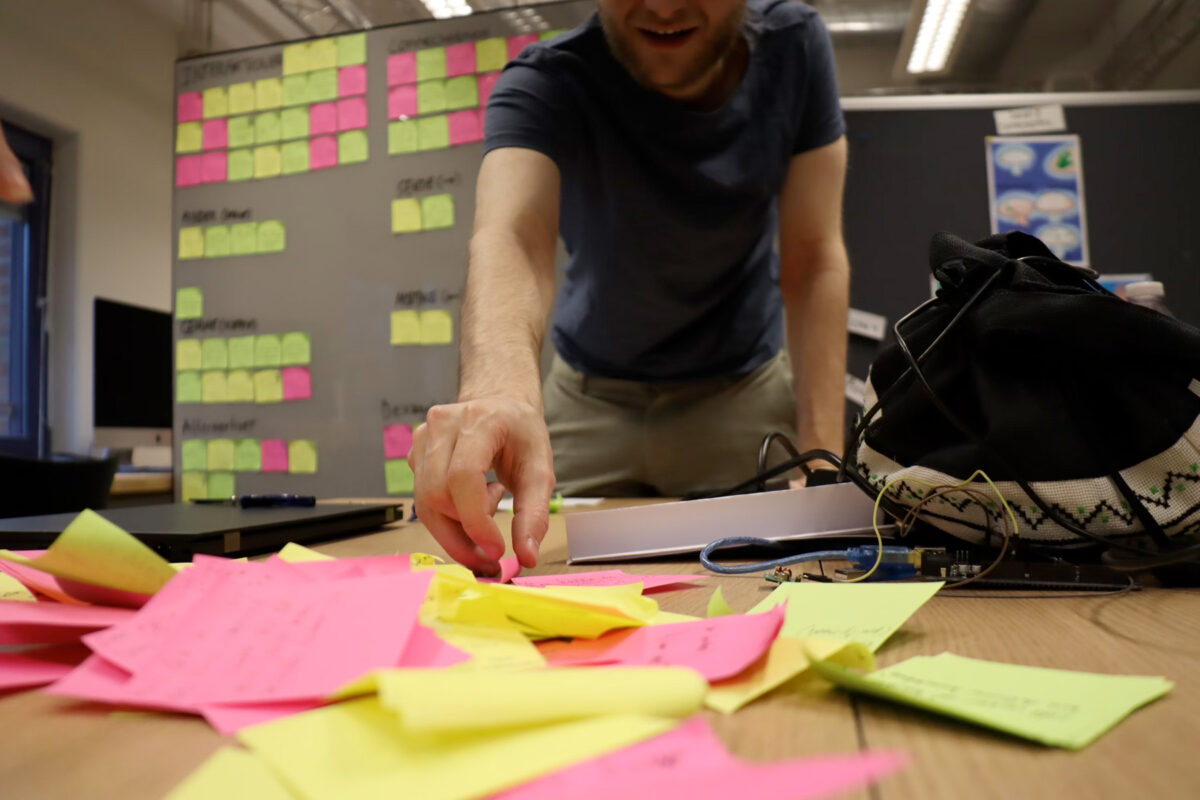
Affinity
Diagrams
Time
⏲
1-2 Days
Difficulty
🕹
Advanced
Materials
📦
sticky notes, pens, whiteboard/markers/eraser OR giant memo paper/marker
Conference room, camera, tables/chairs arranged appropriate for group discussion
People
🕴
2 Reserachers
5+ Users
Overview
The affinity diagram organizes a large number of ideas into their natural relationships. It is the organized output from a brainstorming session. Use it to generate, organize, and consolidate information related to a product, process, complex issue, or problem. After generating ideas, group them according to their affinity, or similarity.
What
Affinity diagramming – the process of organizing ideas into distinct clusters.
Commonly used to manage:
- Observations or ideas emerging from a research study
- Ideas that surface in design-Ideation meetings
- ideas about UX/Product strategy and vision
When
You have conducted research such as A/B testing, field studies, diary studies, workflow testing, usability testing and now…
– You are confronted with many facts or ideas in apparent chaos
– Issues seem too large and complex to grasp
– You need a common reference point to help the whole team understand the situation, know their ideas are heard, and generate buy-in
– You are able to schedule a 1.5 to 3-hour meeting that everyone can participate in
Steps
Step 1
Write down every interesting observation, idea, quote, or data point from your research on its own sticky note.
Step 2
As a team (or with other teams), silently start grouping the notes on a whiteboard.
Step 3
Choose a facilitator to:
Choose time length (~30 minutes) and periodically call out time remaining.
Name each grouping. When a new grouping occurs, call out the name so people are aware of it.
If an idea fits into two groupings, make a duplicate sticky note.
If an idea doesn’t fit anywhere, make a new grouping or put it in a “?” grouping to be addressed at the end, but NO “miscellaneous” or “random” groupings.
If someone is stuck, pair them with a more active person.
Step 4
Team discussion: Describe each pattern and the user need you see emerging from it. Based on these insights, what are the actionable design mandates or principles? Which features and functionality should be prioritized based on the patterns of needs? Which new questions have come up that should also be researched?
Step 5 Capture and conclude
Write the main points on flip-chart paper so everyone can see them.
Take photos of the walls, and keep these photos in a common-access location that is easy for everyone to refer back to.
Assign follow-up tasks.
Inform participants where they can see the report and videos emerging from the session, and when the related design-workshop meetings will occur.
Resources
Tools
None